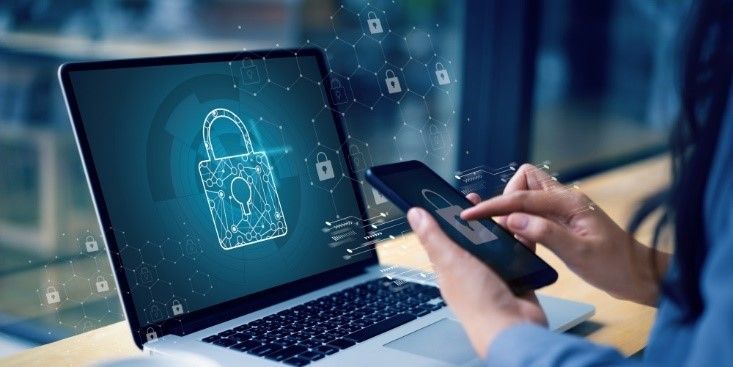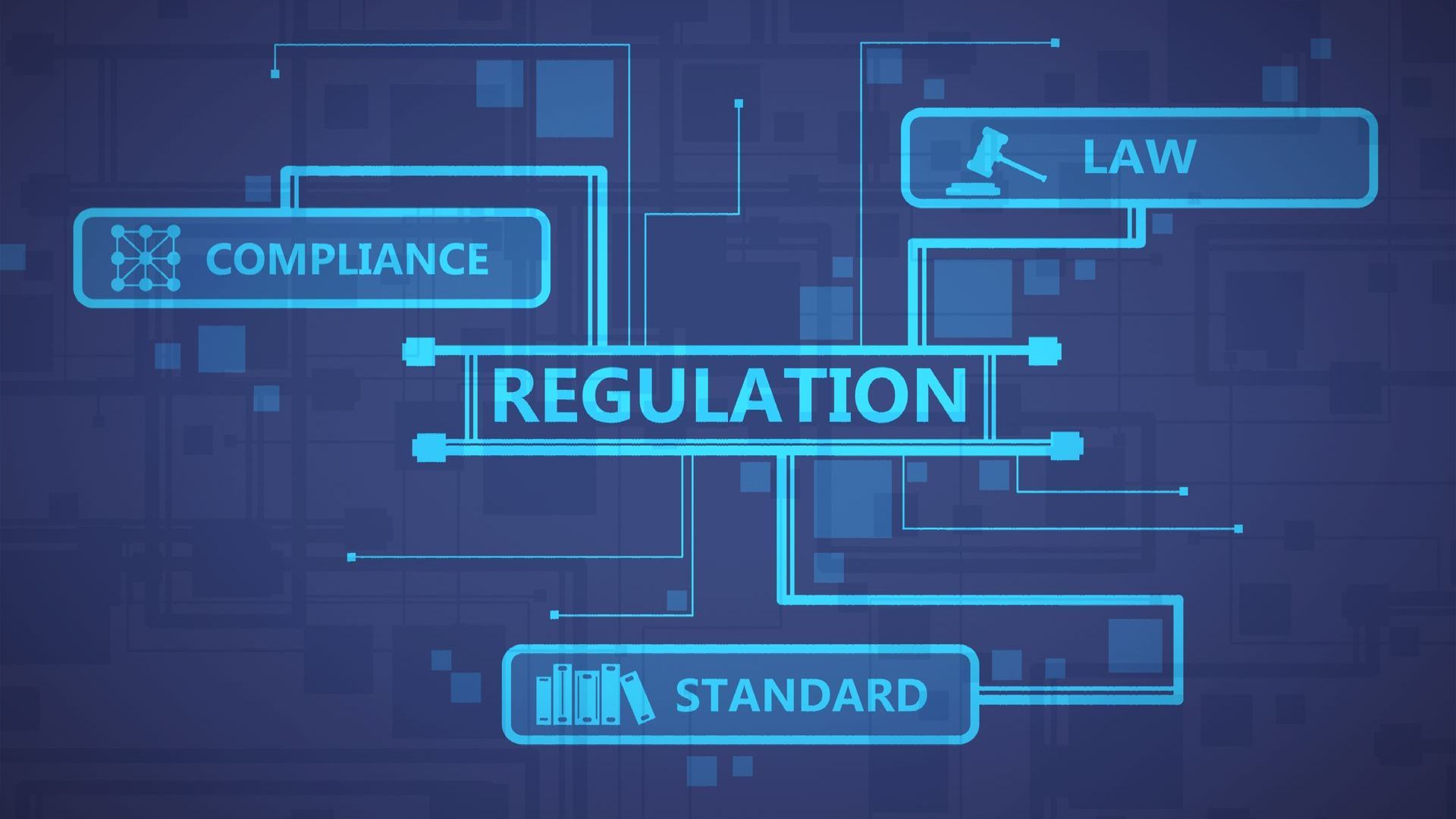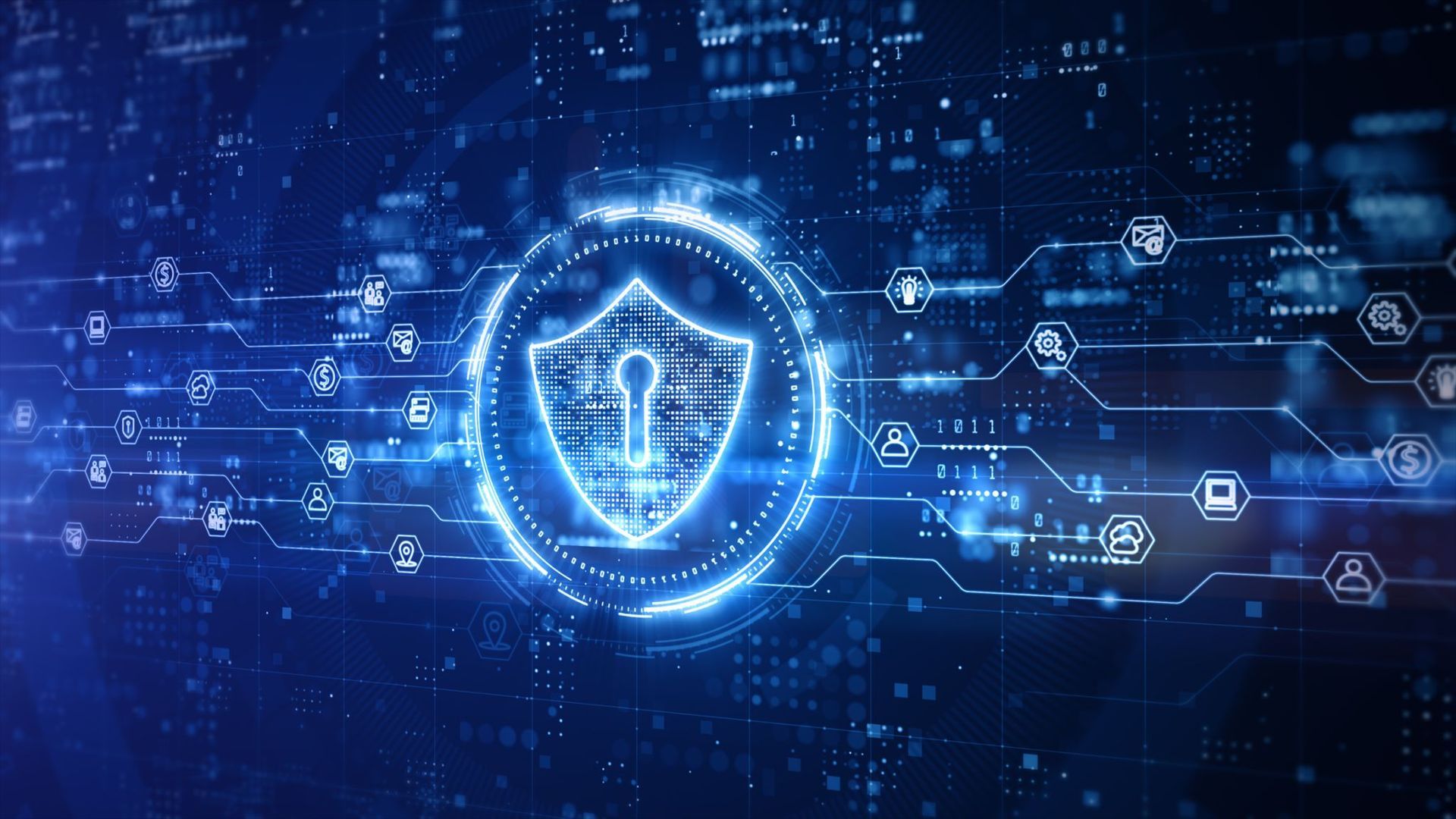Do employees truly grasp their crucial role in maintaining IT security?
Logiq News
Do employees truly grasp their crucial role in maintaining IT security?
In today's rapidly evolving digital landscape, organisations are investing heavily in cutting-edge software, robust hardware, and comprehensive policies and procedures to ensure compliance with industry standards and security frameworks.

However, a recurring issue remains: people are often at the heart of numerous IT security breaches. Training employees in IT security poses its own set of challenges - how can we expect them to retain knowledge in a subject that may not immediately resonate with their day-to-day responsibilities?
We have found that establishing a personal connection between the topic of security and the individuals undergoing training yields the most effective results. When employees understand how their actions can directly impact the organisation's security posture and their own well-being, they are more likely to embrace their role in safeguarding sensitive information.
To achieve this vital connection, organisations can leverage various training methods and friendly reminders that have proven successful:
Computer-based training (CBT): Interactive online modules allow employees to learn at their own pace, reinforcing key concepts and providing real-world scenarios that enhance their understanding.
In-person training: Conducting interactive workshops and seminars where employees can ask questions and engage in discussions fosters a deeper comprehension of IT security practices.
Virtual online training: With the rise of remote work, virtual training sessions provide flexibility and accessibility, ensuring that all employees, regardless of location, can participate and remain up to date.
Regular communications: Consistent and concise communication channels, such as email newsletters or intranet updates, keep employees informed about the latest security threats, best practices, and any policy changes.
Reward mechanisms: Recognizing and rewarding employees who demonstrate exemplary security practices not only motivates individuals to prioritize IT security but also establishes a positive security culture within the organization.
Gamification: Transforming training into interactive games or competitions can significantly enhance engagement, making the learning experience enjoyable and memorable.
By combining these approaches, organisations can empower their employees to become active contributors to the organisation's overall security resilience.
When individuals recognise the value of their role in maintaining IT security, they become an indispensable asset in safeguarding sensitive data and protecting the organisation from potential cyber threats.










